Ganghwa Luge (Ganghwa Seaside Resort) (강화루지(강화씨사이드리조트))
9.9Km 2025-06-25
217 Jangheung-ro, Ganghwa-gun, Incheon
+82-32-930-9000
Ganghwa Seaside Resort delivers joy, happiness, and love with a gondola, food court, themed trails and the only luge track in the western part of the metropolitan area. It is a place where visitors can meet the mountains and the sea and feel the profoundness of nature without having to travel far way from the city. Visitors can take the gondola to reach the top, guided by the rich scent of the forest, and fully enjoy the atmosphere of Ganghwado Beach as well as the beautiful sunset from the observatory. The resort has a luge designed to descend dynamically through a 1.8-kilometer track, offering an excitement perfect for all members of the family.
Jeokseoksa Temple (적석사)
10.8Km 2021-08-02
181, Yeonchon-gil, Ganghwa-gun, Incheon
+82-32-932-6191
Jeokseoksa Temple is a traditional Buddhist temple that was founded around 1,600 years ago. It is known for "Gamnojeong," which is the water trickling out from the rock crevices on the east side of Daeungjeon Hall (main temple building). While the water is cool and sweet, legend has it that it dries up or turns murky in times of national crisis. According to the records, Palman Daejanggyeong (Tripitaka Koreana printing woodblocks) used to be kept in Jeokseoksa before they were moved to Baengnyeongsa Temple, then to Jeondeungsa Temple, and finally to Haeinsa Temple.
Jeokseoksa Temple is connected to Nakjodae Observatory, which offers a magnificent view of the sun setting over the West Sea. In fact, the view is so magnificent that it is admired as one of the 10 best sceneries of Ganghwado Island.
Sugi Beach (수기해변)
11.3Km 2022-07-28
291-48, Sido-ro 86beon-gil, Ongjin-gun, Incheon
+82-32-899-2253
Located on Sido Island in Incheon, Sugi Beach is easily accessible from Seoul. Sido Island is situated between Yeongjongdo Island and Ganghwado Island. The beach is not as crowded as other famous beaches, and is ideal for families or campers.
Sugi Beach was the filming location for the famous drama series "Full House (2004)." Sido Island connects Sindo Island and Modo Island, making it easy to tour the three islands by foot or car.
Ohooen (오후엔)
11.6Km 2024-12-13
76-28 , Jangbong-ro 26beon-gil, Ongjin-gun, Incheon
+82-32-882-1100
Ohooen is located on Jangbongdo Island, one of the islands closest to the west coast metropolitan area. Ganghwa Island and Seokmodo Island, two of the world's top five mudflats, lie adjacent to one another, so you can participate in mudflat activities such as fishing and digging up clams. The sunset view from May to July is particularly stunning, and you can enjoy it on the room terrace. Furthermore, the spacious yard features a swimming pool with an ocean view and a barbecue, making it ideal for a relaxing getaway.
Sinsimodo Islands (신시모도 (신도ㆍ시도ㆍ모도))
11.7Km 2025-06-30
Bukdo-myeon, Ongjin-gun, Incheon
Sinsimodo Islands is comprised of the three islands of Sindo, Sido, and Modo. Referred to as brother islands, visitors can explore all three islands in one day on bicycle thanks to bridges that connect the islands together. Attractions on the islands include Gubongsan Mountain, Haedanghwa Dulle-gil Trail, Sugihaebyeon Beach, Baemikkumi Sculpture Park, and more. Gubongsan Mountain, located on Sindo Island, features a forest trail that is easy to walk on, making it easy to enjoy the azaleas and cherry blossoms that bloom each spring. Baemikkumi Sculpture Park, featuring artworks of Lee Ilho before the background of the sea, is especially popular among couples.
Goryeosan Mountain (고려산)
11.8Km 2020-04-27
Gocheon-ri, Ganghwa-gun, Incheon
+82-32-930-3515
Goryeosan Mountain, once referred to as Oryeonsan, is a mountain rich in folklore. Legend has it that in the year 416 (during the reign of King Jangsu of Goguryeo), a Buddhist monk named Cheonchukguk climbed Goryeosan Mountain and found Oryeonji Pond where the five-colored lotus flowers bloomed. The monk picked the lotus flower petals and blew them into the air. He then built a temple where each of the petals had landed, naming the temples according to their corresponding color: Jeokseoksa Temple, formerly Jeokryeonsa Temple (red lotus), Baengnyeonsa Temple (white lotus), Cheongryeonsa Temple (blue lotus), Hwangryeonsa Temple (yellow lotus), and Heungnyeonsa Temple (black lotus).
Around 130 dolmens are distributed along the foot of Goryeosan Mountain. Sirumisan Mountain, on the northern side of Goryeosan Mountain is said to have been the birthplace of General Yeongaesomun of the Goguryeo Kingdom.
Ganghwa Deokjinjin Fortress (강화 덕진진)
11.8Km 2020-03-16
34, Deokjin-ro, Ganghwa-gun, Incheon
+82-32-930-7074
Deokjinjin was the key strategic point of the outer castle wall used for defending the Ganghwa Straits during the Goryeo dynasty (918-1392). It was originally a military camp commanded by an official with the rank of Cheomsa under the command of the Korean naval base. In 1677, an official with the rank of Manho was assigned to this camp along with 26 military officials, 100 soldiers, 2 battle ships, and other military equipment. In 1679, the Namjangpodae and Deokjinpodae batteries were stationed here.
Deokjinjin Camp was the scene of fierce battles that took place during Byeonginyangyo (the French invasion in 1866) and Shinmiyangyo (the American invasion in 1871). The battlements and gatehouse of Deokjinjin that had all been destroyed during Sinmiyangyo were restored in 1977. At the Namjangpodae Battery, cannons used by the Joseon military have been reproduced and installed for display.
Baemikkumi Sculpture Park (배미꾸미조각공원)
12.5Km 2016-10-28
41, Modo-ro 140beon-gil, Bukdo-myeon, Ongjin-gun, Incheon
+82-32-752-7215
Baemikkumi Sculpture Park rests on Modo Island, one of the nearest islets to Yeongjongdo Island where Incheon International Airport is located.
The name 'baemikkumi' comes from the local dialect, as people say the island resembles the shape of a hole normally seen from the bottom of a ship as 'baemit' translates to the bilge, and 'kkumi' is most closely translated to mean 'a hole' in English.
The entire island has now become a beautiful exhibition hall of art works thanks to sculptor Lee Il-ho, who originally started and donated his talents for visitors coming to the island. The art displayed on the island makes for an inspiring contrast to Seohae (west sea, or yellow sea) in the background.
Ganghwa Seonwonsa Temple Site (강화 선원사지)
12.5Km 2022-09-19
222, Seonwonsaji-ro, Ganghwa-gun, Incheon
+82-32-933-8234
Ganghwa Seonwonsa Temple Site was first discovered in 1976 during a surface examination around Ganghwado Island undertaken by the Ganghwado Island Academic Research Team of Dongguk University. The site was designated as Historic Site No. 259 in 1977. Seonwonsa Temple was built by General Choi Wu in 1245 (the 32nd year of King Gojong’s reign during the Goryeo dynasty), which was right after the transfer of the capital to Ganghwado during resistance against the Mongolian invasion.
The temple was meant to be a spiritual mainstay in fighting against Mongolia. It used to be one of the two largest temples in Korea along with Songgwangsa Temple. However, the temple was completely destroyed during the early Joseon era, leaving only the site itself. The famous wood blocks of Palman Daejanggyeong (the Tripitaka Koreana), currently housed in Haeinsa Temple at Hapcheon, are said to have been originally stored in Seonwonsa Temple. It is believed that the carved wood blocks were taken from Seonwonsa to Heungcheonsa Temple during the Joseon era and again moved to Haeinsa Temple during the reign of Sejo.
Located on a mountain slope, the presumed location of the building site extends 250 meters from south to north and 170 meters from east to west.
Donggeomdo (Trail, Campground, Art Cinematheque) (동검도(나들길,캠핑,예술극장))
12.6Km 2024-02-20
60 Donggeom-gil 63beon-gil, Gilsang-myeon, Ganghwa-gun, Incheon
Donggeomdo Island is a petite island connected to the main island of Ganghwado Island, celebrated for its stunning tidal flats and coastal vistas. A stroll along the trail on the eastern coast of the island offers visitors a chance to savor diverse natural landscapes, while the scattered campgrounds provide a romantic setting for leisure activities. Notably, the DRFA365 Art Cinematheque, featuring art films, adds to the island's charm and attractions.
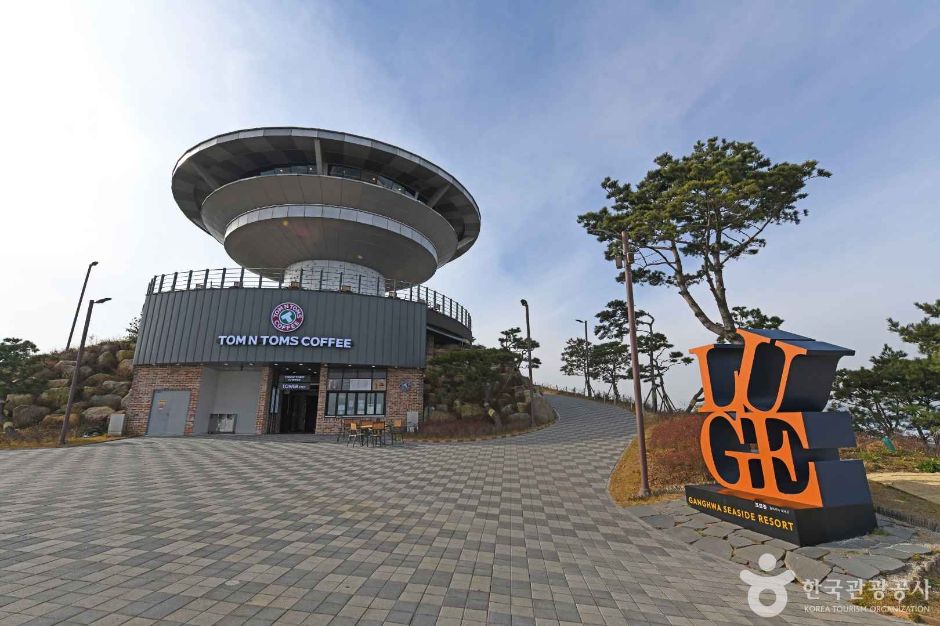

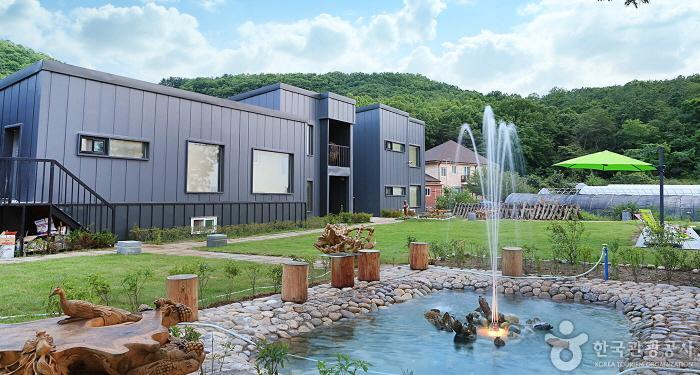
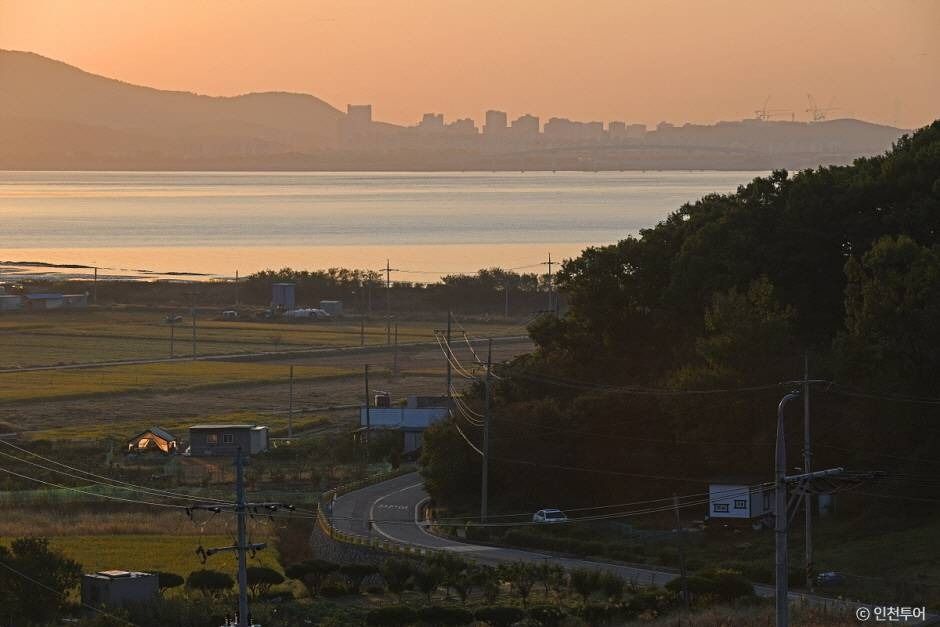

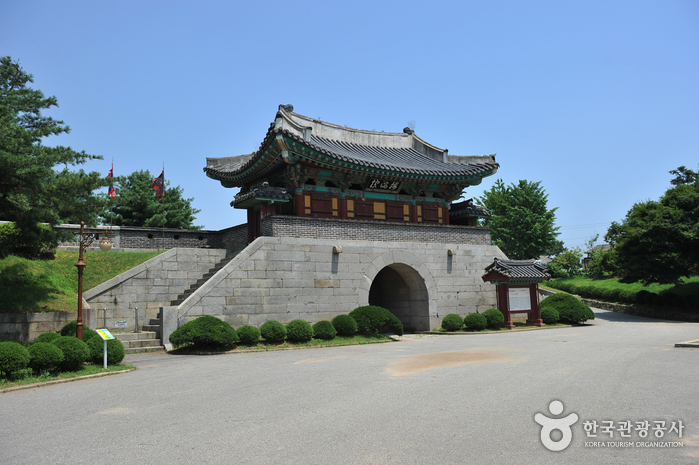
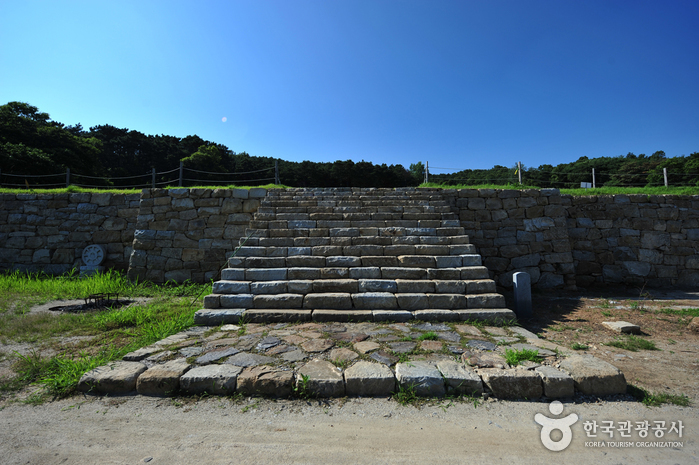
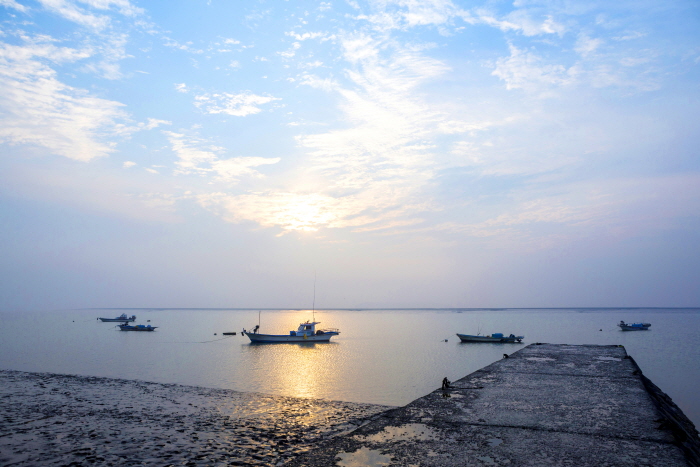
 English
English
 한국어
한국어 日本語
日本語 中文(简体)
中文(简体) Deutsch
Deutsch Français
Français Español
Español Русский
Русский